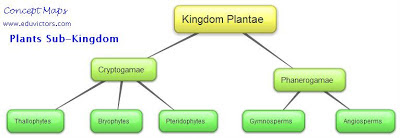Tissues
MCQs based on NCERT Chapter 6 Tissues
Q1: In plants which of the following have the capability of cell division?
(a) Parenchyma
(b) Sclerenchyma
(c) Xylem
(d) Apical Meristem
Q2: The growth is plants are
(a) limited to certain regions
(b) uniform in all parts
(c) limited to the top region
(d) limited to roots only.
Q3: Intercalary meristems are found
(a) at internodes and base of leaves
(b) at growing tips of roots
(c) beneath the bark
(d) at the tips of the stem
Q4: Cells of the tissue have dense cytoplasm, thin cellulose walls and prominent vacuoles. Identify the tissue.
(a) Collenchyma
(b) Sclerenchyma
(c) Meristem
(d) Parenchyma
















